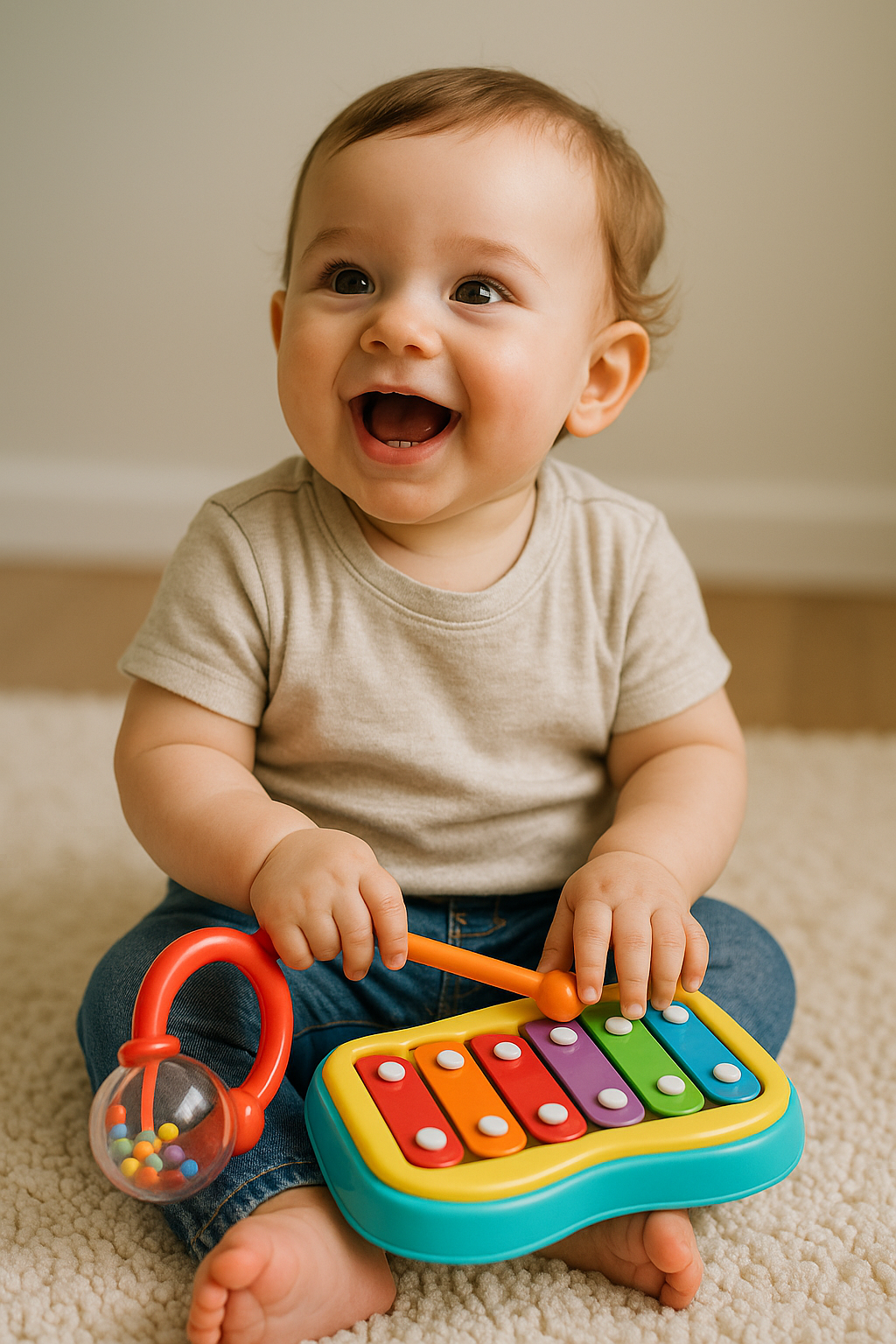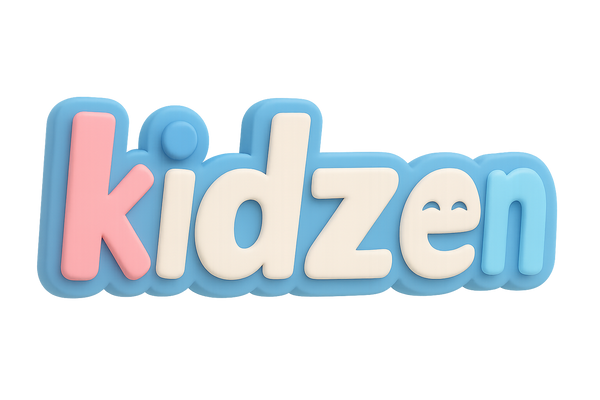
The Sound of Growth: How Auditory Toys Support Brain Development in Children
Share
Whether it's a soft lullaby from a mobile, a rattle, or a toy piano, sound-based toys do far more than entertain—they play a vital role in a child's brain development. But how, exactly, does auditory stimulation influence learning, memory, and emotional development in young children?
Let’s explore what the science says.
👂 Auditory Stimulation and Early Brain Wiring
From as early as 25 weeks gestation, babies begin responding to sound. According to Sharma et al. (2002) in Ear and Hearing, the auditory cortex of infants rapidly organizes in response to external sound stimuli—especially in the first year of life, a critical period for language and cognitive development.
The Journal of Experimental Child Psychology (Saffran et al., 1996) also found that infants exposed to patterned auditory input, such as rhythmic music or repeated phonemes, showed stronger working memory development and early speech recognition abilities.
🎶 Benefits of Auditory-Stimulating Toys
-
Language Acquisition: Toys that produce words or phonetic sounds boost vocabulary and listening comprehension.
-
Emotional Regulation: Soothing music and familiar tunes can calm infants and reduce stress.
-
Pattern Recognition: Musical sequences teach babies to anticipate changes—an early form of logic and reasoning.
-
Motor Coordination: Instruments like baby drums or xylophones encourage rhythm-based movement and hand control.
-
Auditory Discrimination: Exposure to a variety of pitches, tones, and volumes helps develop the ability to distinguish meaningful sounds—critical for speech development.
🧸 Examples of Effective Auditory Toys
-
Musical mobiles and sound books
-
Baby pianos and maracas
-
Talking plush toys
-
Sensory rattles with varying sound effects
-
Montessori bells and chimes
📚 Research Insight
A longitudinal study from Developmental Science (Gerry et al., 2012) showed that infants who participated in interactive music classes had enhanced brain responses to musical tones and rhythms—which correlated with higher levels of communication skills and social engagement by 12 months.
The authors emphasized that interactive auditory experiences—where babies create or respond to sound—are more developmentally powerful than passive listening.
⚠️ Balance is Key
While auditory toys are beneficial, excessive noise or chaotic sound can overstimulate infants. The World Health Organization recommends limiting toy volume to below 85 decibels, and prioritizing toys with soothing, moderate-range tones.
🧠 Conclusion
Auditory toys aren't just about fun—they build the foundation for how children perceive the world, communicate, and connect with others. By selecting sound toys that engage without overwhelming, parents can help tune their child's brain for a lifetime of learning.
